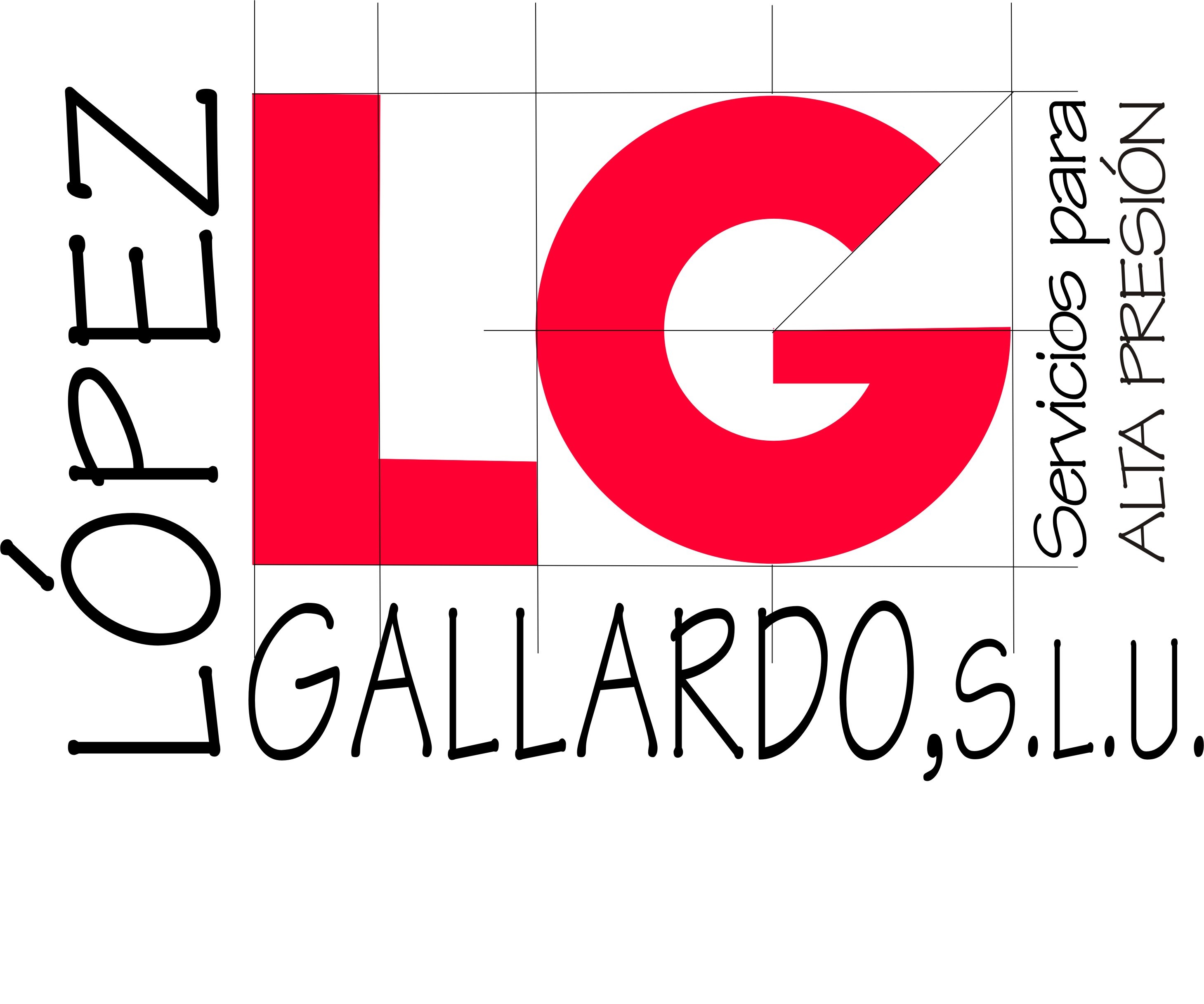advance payday loan
Borrowed.You’re one step nearer to unlocking our suite of comprehensive and robust tools.
Arrangers will circulate many IMs—along along with other information pertaining to the loan, pre- and post-closing – to investors through digital platforms. Leading vendors in this space are Intralinks, Syntrak and Debt Domain.
Bank book – Elements
The IM typically support the sections that are following
The financial institution conference
Many new acquisition-related loans start up at a bank conference, wherepotential loan providers hear administration together with private equity/sponsor group (if you have one) describe just just just what the regards to the mortgage are and just exactly just what deal it backs. Understandably, bank conferences are far more usually than perhaps maybe not carried out using a Webex or meeting call, though some issuers nevertheless choose conventional, in-person gatherings.
Long lasting structure, administration utilizes the financial institution conference to offer its eyesight when it comes to deal and, most critical, inform why and just how lenders will likely to be paid back on or in front of routine. In addition, investors will undoubtedly be briefed concerning the exit that is multiple, including 2nd means out via asset sales. (if it’s a little deal or a refinancing rather than an https://paydayloansexpert.com/payday-loans-nc/ official conference, there could be a number of telephone telephone telephone calls. or meetings that are one-on-one prospective investors.)
After the loan is closed, the terms that are final then documented in step-by-step credit and protection agreements. Afterwards, liens are collateral and perfected is attached.
Loans, by their nature, are flexible papers that may be amended and revised every once in awhile. These amendments need various degrees of approval (see Voting Rights part). Amendments can consist of one thing as easy as a covenant waiver to since complex as a modification of the collateral package, or enabling the issuer to extend away its repayments or make an purchase.
Leveraged Loan Investor Marketplace
You will find three main investor consistencies for leveraged loans:
Institutional investors can comprise various, distinct, crucial investor sections, such as for example CLOs (collateralized loan responsibilities) and shared funds.
Each section is detailed below.
Banking Institutions
A bank investor may be a cost cost savings and loan institution, or perhaps a securities company that always provides investment-grade loans. They are typically big revolving credits that back once again commercial paper or basic business purposes. In a few cases they help purchases.
For leveraged loans, banking institutions typically offer unfunded revolving credits, letters of credit (LOCs) and – less and less, these times – amortizing term loans, under a syndicated loan contract.
Boat finance companies
Boat loan companies have consistently represented significantly less than 10per cent associated with loan that is leveraged, and have a tendency to play in smaller discounts – $25 million to $200 million.
These investors frequently look for asset-based loans that carry wide spreads. These discounts usually need time-intensive security monitoring.
Institutional investors
Institutional investors within the loan market usually are structured cars called collateralized loan responsibilities (CLOs) and loan involvement shared funds (called “Prime funds” simply because they had been initially pitched to investors as a money market-like investment that will approximate the Prime price).
In addition, hedge funds, high-yield relationship funds, retirement funds, insurance firms, as well as other proprietary investors do take part opportunistically in loans concentrating often on wide-margin (or “high-octane”) paper.
CLOs are special-purpose cars put up to carry and handle swimming swimming pools of leveraged loans.
The special-purpose vehicle is financed with a few tranches of financial obligation (typically a вЂAAA’ rated tranche, a вЂAA’ tranche, a вЂBBB’ tranche, and a mezzanine tranche) that have actually liberties towards the security and re re payment flow, in descending purchase. In addition, there clearly was an equity tranche, but the equity tranche frequently is certainly not ranked.
CLOs are made as arbitrage cars that generate equity returns via leverage, by issuing financial obligation 10 to 11 times their equity share.
There’s also market-value CLOs which can be less leveraged – typically less than six times. These vehicles enable supervisors greater freedom than more tightly structured arbitrage deals.
CLOs are often ranked by two associated with three major reviews agencies and impose a number of covenant tests on collateral supervisors, including minimal score, industry diversification, and default basket that is maximum. Of note: because the LSTA points out, standard incidence of CLOs is extraordinarily low.
Still don’t comprehend? Why don’t you have a glass or two – some champagne maybe – with buddy of LCD Paddy Hirsch while he describes CLOs.
Still don’t know? You will want to have a glass or two – some champagne maybe – with buddy of LCD Paddy Hirsch as he describes CLOs.
Loan funds that are mutual
Loan funds that are mutual exactly exactly how retail investors have access to the mortgage market. They’ve been mutual funds that spend money on leveraged loans. These funds – originally known as Prime funds, simply because they offered investors the opportunity to make the Prime rate of interest that banking institutions charge on commercial loans – were first introduced when you look at the late 1980s.
U.S. loan investors discovered by themselves sitting on accurate documentation heap of money since the half that is first of arrived to shut, as assets under administration at U.S. loan funds totaled accurate documentation $176 billion, based on LCD and Lipper. The development in AUM were only available in mid-2016, once the long-awaited leads of great interest price hikes because of the Fed finally became truth. This boosted both institutional and retail investment in the assets course, throwing down a phenomenal amount of development for the market.

